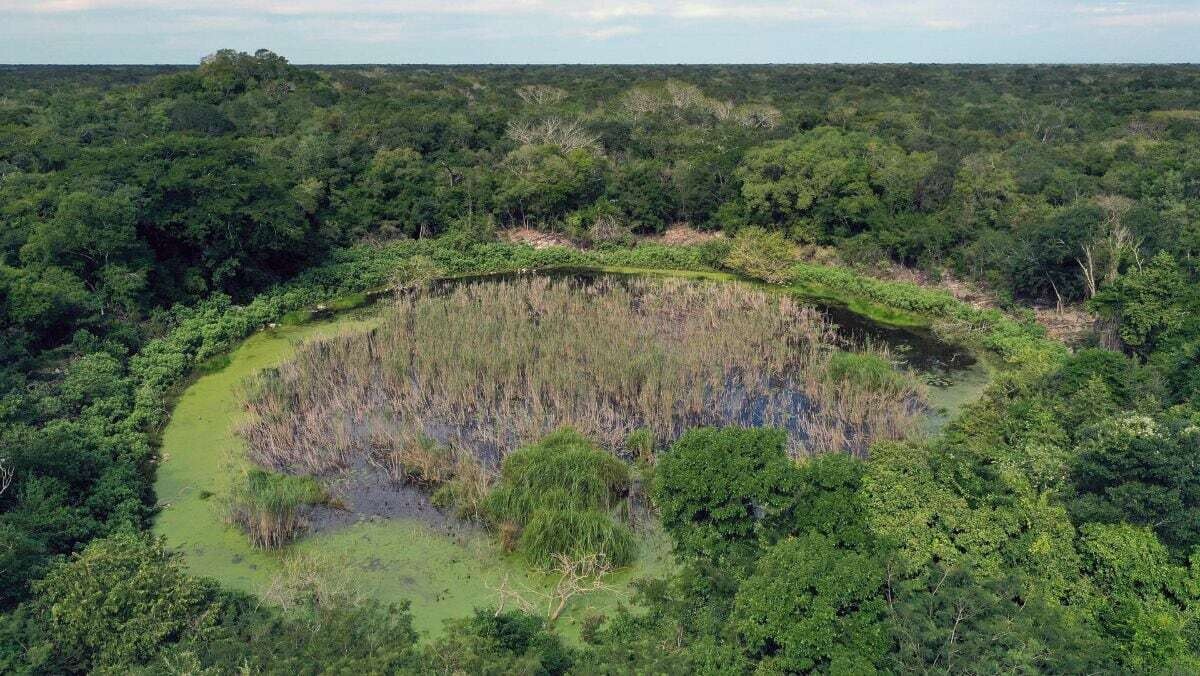
Archaeologists from Mexico and Spain discovered a new palace structure and housing platforms in the ecoarchaeological zone of X'baatún, located in the municipality of Tekal de Venegas, in Yucatán, southeastern Mexico.
In the sixth season of excavations, which took place last December, a building approximately 12 meters high was found with construction details, stairs, access points, and a looting pit at the top, according to Spanish archaeologist Juan García Targa, co-director of the X'baatún Project.
The site, whose occupation dates back from the Late Preclassic (300 BC to 200 AD) to the Early Postclassic (1000 to 1200 AD), is part of the ecological reserve of Oxhuatz, which houses a cenote with blue waters, three lagoons, and eight swamps within its 554 hectares.
Structure 16, of palace type, proved to be a significant finding as it was not recorded in previous investigations, such as the Izamal Project. Experts expect that the dating of this structure can be determined soon.
During this season, the map of the pre-Hispanic site registered in the Archaeological Atlas of Yucatán since 1980 was updated. Additionally, more than 50 structures were discovered in the pre-Hispanic city of X'baatún, indicating that the area is more extensive than initially believed.
Among the findings, small platforms with upper rooms outside the walls were found, where it is believed that the elite of society resided or conducted activities. Samples of sediments were also collected for analysis and chronological classification by specialist Carmen Varela.
Researchers also highlighted the importance of improving access to the area for visitors interested in activities such as hiking, swimming in cenotes, kayaking, archaeological tours, and observing birds and endemic species of the Yucatán Peninsula.














